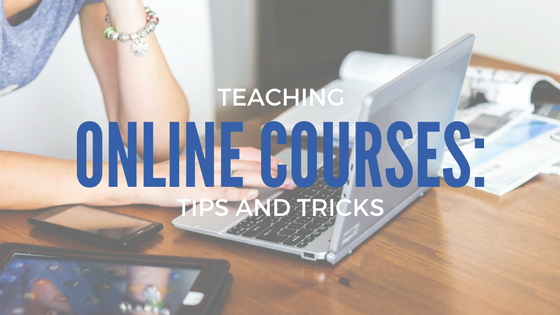
If you’ve been assigned to teach an online course, you may have some trepidation about teaching in a nontraditional environment. Follow these tips and tricks to improve your instructional practices, connect with students, and promote maximum learning.
How to engage students: there are three primary strategies to engage students in an online course. First, responding quickly to messages from students can make sure they don’t get frustrated and give up on the class. Second, it is more effective to require small but frequent interactions for online courses; instead of a big final exam at the end of the semester, grading students on online discussions can deepen and enrich their experience and prevent them from having to cram for an exam. Third, creating small groups of students provides an extra layer of accountability in addition to accountability to the instructor; these groups should be no more than five individuals and should be nurtured through class assignments like discussions or group projects.
How to communicate outside of class: the key to a successful online class is to communicate frequently, clearly, and publicly. A lack of communication between students and instructors can leave a bad taste in the mouth of students and demotivate them from learning. Thus, instructors should keep their interaction with the class as open as possible and frequently remind students of upcoming deadlines and different ways to learn the course material. In addition, using multiple channels of communication, including email and course management websites, can ensure that students are always aware of what’s happening in the class.
How to have effective discussions: an easy way to promote effective discussions in your online courses is to make full use of communication tools provided by your school. The key should be actively interacting and engaging students, which allows the class to feel connected and develop as a learning community. Another way to improve the quality of online discussions is to focus on the original questions posed in the discussion board; questions should be open-ended and encourage critical or creative thinking. In addition, prompts should try to allow students to get to know each other personally and intellectually.

